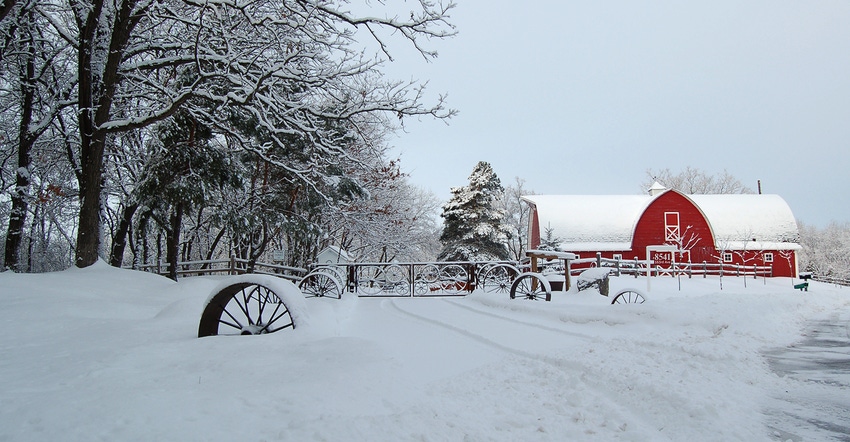November 4, 2019

Examining the statewide climate network back to the late 19th century reveals that December of 1969 was perhaps the snowiest in state history.
More than two-thirds of the state landscape received 25 inches of snowfall or greater. Portions of 30 counties reported more than 30 inches of snowfall, with Duluth topping the list at 39 inches.
Prior to December of that year, snowfall amounts had been mostly moderate around the state, and few citizens were expecting such a challenging month of December.
Two of the remarkable features of that month were the persistence of cloudiness and daily doses of snowfall. In terms of cloudiness for many areas of the state, 17 of the 31 days were completely cloudy, with another 10 days mostly cloudy. Only one day was partly cloudy (less than 50% cloud cover), and only one day brought clear skies.
Many climate stations reported at least a trace of snowfall on 25 days. Over two periods of eight days, Dec. 6-13 and Dec. 24-31, it snowed each day in many areas of the state, making travel difficult if not downright risky. For the Twin Cities and areas south to the Iowa border, it snowed every day from Dec. 18 to Dec. 31.
After Dec. 4, daily temperatures remained below the freezing mark the rest of the month, so the daily snowfalls piled up into huge drifts. Snowplow operators were busy all month, especially over the long Christmas weekend, Dec. 25-28.
Snow loads on rooftops became an issue as well because of the stress of added weight. Many citizens used roof rakes to clear the snow and reduce the weight load, but some structures were damaged. Those who loved outdoor recreation in the snow — sledding, skiing, etc. — were delighted as snow depths around the state varied from 15 to 25 inches during most of the month.
December of 1969 established a snowy trend for the balance of the winter of 1969-1970. Many areas of the state saw 60 to 90 inches of total snowfall that winter. Crane Lake in far northeastern Minnesota accumulated 104 inches.
For farmers, many of the winter educational meeting sessions hosted by University of Minnesota Extension had to be postponed or cancelled. Many farm families today will remember 1969-1970 as a long winter indeed.
Seeley is professor emeritus of climatology, University of Minnesota.
About the Author(s)
You May Also Like




